 Book Appt.
Book Appt.
 Call Now
Call Now


Tendinitis, also spelled tendonitis, is a common and often painful condition characterized by inflammation or irritation of a tendon, the thick cord-like structure that connects muscles to bones. This condition can affect people of all ages and activity levels, from athletes to those with more sedentary lifestyles.
The Basics of Tendinitis
Tendons are critical components of the musculoskeletal system, responsible for transmitting the force generated by muscles to move bones and joints. When a tendon becomes inflamed or irritated, it can lead to tendinitis, which is often characterized by localized pain, swelling, and reduced function in the affected area.
Common Types of Tendinitis
Tendinitis can occur in various parts of the body, and its name typically reflects the area affected. Some common types of tendinitis include:
Causes and Risk Factors
Tendinitis can result from a combination of factors, including:
Symptoms of Tendinitis
The hallmark symptom of tendinitis is localized pain and tenderness at the site of the affected tendon. Other common symptoms may include:
Diagnosis and Medical Evaluation
To diagnose tendinitis, a healthcare provider will typically perform a physical examination, assess the affected area for pain, tenderness, and swelling, and discuss the individual's medical history and recent activities. Imaging tests such as ultrasound or MRI may be recommended to visualize the tendon and assess the extent of damage.
Treatment and Management
The management of tendinitis often involves a combination of conservative measures to alleviate symptoms and promote healing. Treatment options may include:
SHALBY Sanar International Hospitals provides extensive medical procedures backed up with our state-of-the-art technology and a team of highly qualified & experienced clinical experts.
Our doctors pen down their research findings and experiences from time to time. Their words provide deep insight into the latest techniques, technologies and other advancements in healthcare. It provides expert answers to all kinds of health questions for real-life issues.
VIEW ALL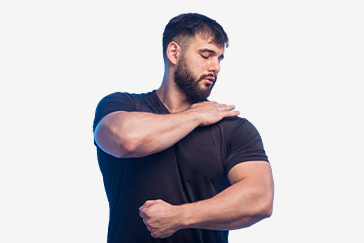
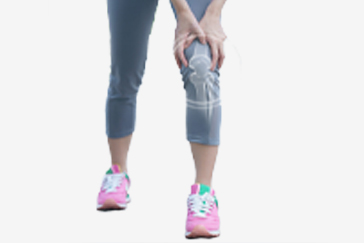
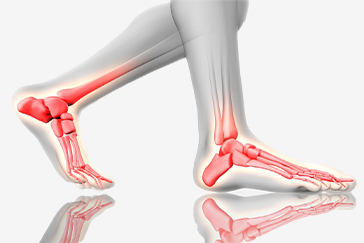
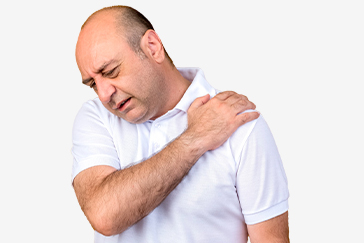
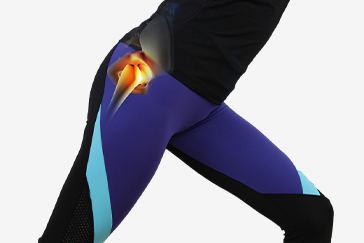
Since the day of its foundation, SHALBY Sanar International Hospitals is committed to provide comprehensive healthcare services. It regularly organizes awareness programs in its premises and encourages outdoor healthcare activities and camps with an intent to put focus on preventive healthcare.
VIEW ALL